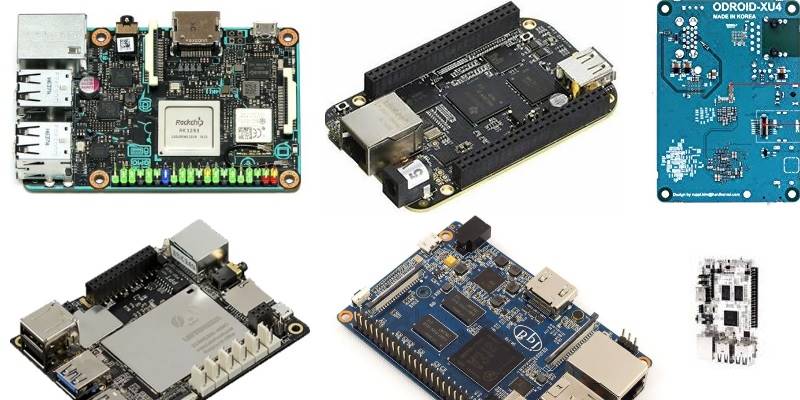
We have been exploring IoT projects based on either Raspberry Pi or Arduino. A major difference between the two is that the former is a single-board computer (SBC), whereas the latter runs on a single-board microcontroller.
However, that is not all there is about IoT boards. Depending on your project, you might have additional needs of power, performance, applications, number of GPIOs, peripherals such as audio/video support and expansion.
While both Raspberry Pi and Arduino were early movers, there are scores of powerful boards that are coming on the scene. The following are some of the best IoT hardware for your next IoT project.
1. ODROID-XU4
With its killer specs, ODROID-XU4 is running rings around competitors. It works on Samsung’s octa-core processor and ARM’s Big Little technology which is used in Samsung and Qualcomm Snapdragon’s processors. It has a small form factor, and you can place it in the palm of your hands.
The resulting configuration makes this piece of hardware way more powerful than Raspberry Pi 3b+. It features two USB 3.0 ports, 2 GB RAM, a cooling fan which acts as a heat sink, and extensive OS support covering Linux and Android 4.4 KitKat and Nougat.
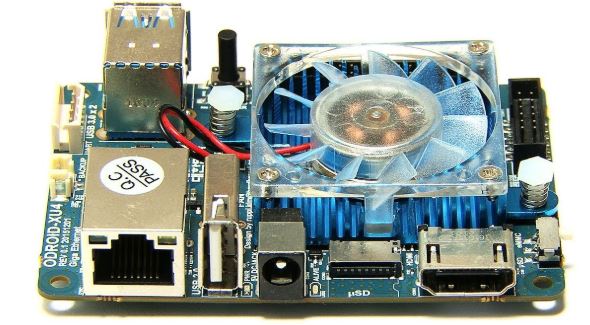
While on Amazon, ODROID-XU4 might cost three times more than a Raspberry Pi 3b+, Hardkernel is running a special price of $49 at its official website. Whether you are working on a video surveillance system or gaming applications, ODROID-XU4 will exceed your expectations. And if you are simply browsing the Web, this is one heck of a powerful computer.
Moreover, there is a massive community to support ODROID-XU4 projects, which makes it a fantastic replacement for Raspberry Pi.
2. ASUS Tinker Board S
Having been very much impressed with the quality of ASUS laptops in the past, I can tell that they’re unlikely to disappoint with the SBC models.
Tinker Board S is becoming a favorite of DIY enthusiasts because of its reasonable price, robust GPU, HD audio quality and 100% compatibility with Raspberry Pi due to a similar form factor and 40 pin GPIO.
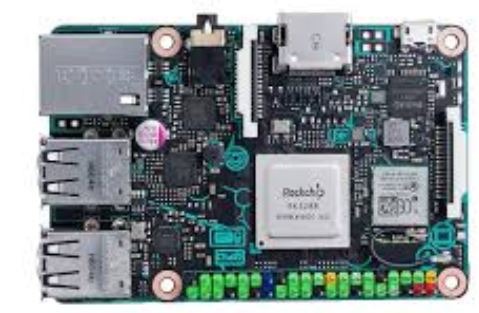
While slightly less powerful than ODROID-XU4 with its quad-core processors, Tinker Board S uses Rockchip RK3288, which is used in Chromebooks. It has a 2 GB RAM and 16 GB eMMC memory.
Just like your regular computers, you can register this product for support on the ASUS website. There is also an online forum for additional support.
3. UDOO X86 II Ultra
If a powerful SBC is what you’re looking for, UDOO X86 II Ultra reigns supreme with 8GB RAM and 2.56 GHz quad core Intel CPU. Just as Tinker Board S was with Raspberry Pi, UDOO systems are compatible with Arduino. The microcontroller ATMEGA32U4 is the same, and UDOO is also compliant with 5V Arduino Shields.
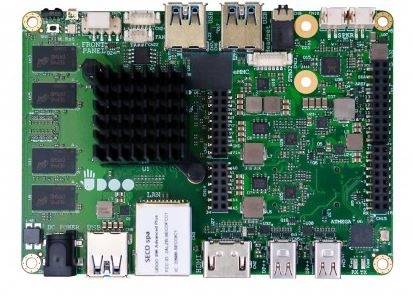
Although the price is much higher, you get killer specs including three USB 3.0 ports, one video HDMI, 32 GB eMMC storage and full support for Windows 10/8/7 apart from Linux.
UDOO X86 II Ultra is one of the most powerful SBCs that also doubles as support for Arduino, and there is a well-regarded online community.
4. Banana Pi W2
After Raspberry Pi, Banana Pi has an extensive range of SBCs which are popular with those who prefer open platforms and lower prices. Banana Pi W2 is a state-of-the-art piece with 2 GB DDR4 RAM, quad-core ARM power, 40-pin header, and support for video on input and output.
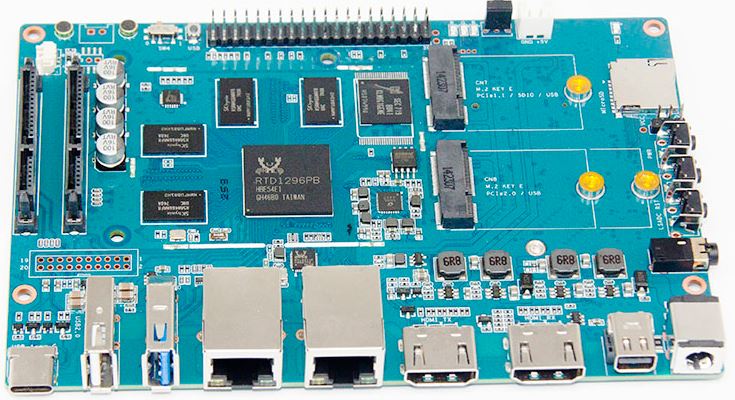
The Banana Pi board has one more thing going for it: its versatile platform support. It not only supports Wi-Fi, Bluetooth, Z-Wave and ZigBee, as is common with many IoT projects, but also Windows 10 IoT, Docker containers and Ardunio products.
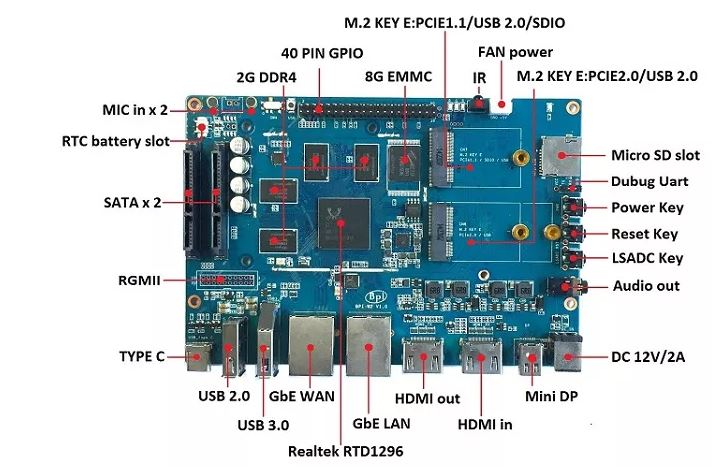
Being at the right price point, this “banana” just might pack more punch than your “raspberries.” Speaking of fruits, there is also an Orange Pi which is a fairly new mini-PC with promising specs.
5. Teensy 3.2
With a name like Teensy, you might think this might be more suitable for school projects, but this Arduino-compatible platform is a microcontroller replacement for Arduino, given its superb speeds.
While the specifications such as 256K flash memory and 64K RAM is nothing much to write home about, Teensy 3.2 is a cheap alternative suitable for low-powered Arduino projects which do not require human interfaces.
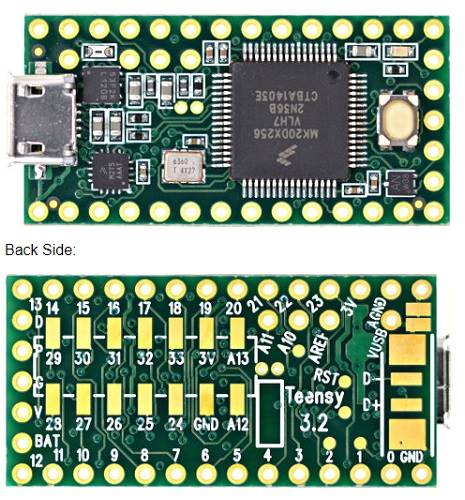
In Summary
If you thought that the world of IoT has more than Raspberry Pi and Arduino, your are right that there are new and emerging options which leave nothing behind. However, given the initial level of popularity of Raspberry Pi or Ardunio, most of these hardware support cross-compatibility.











